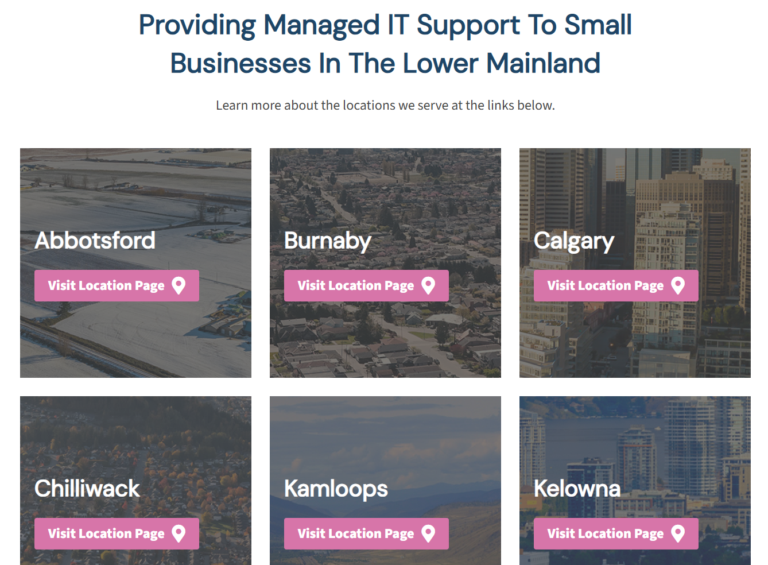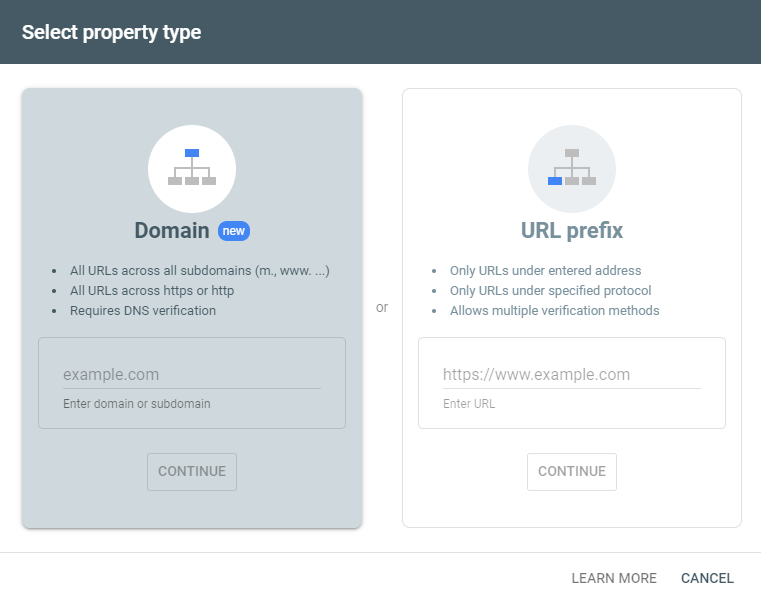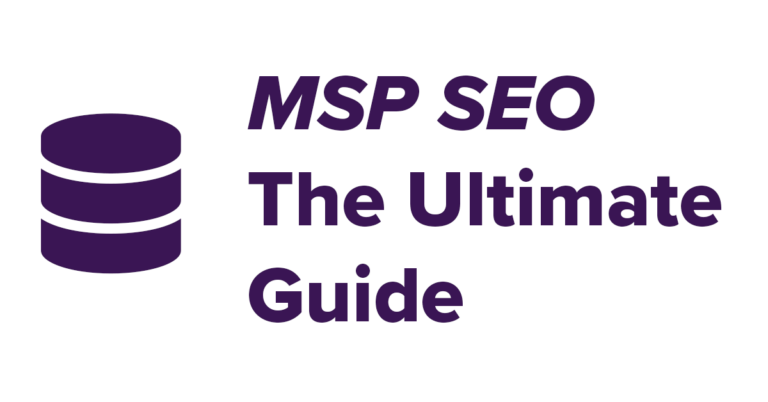How To Market A Tech Startup
Last Updated: October 29, 2022

Wondering how to market a tech startup? If your like me, you’re connected to the technology world and news and see countless stories, social media posts, and other such claims of tech startup success. Maybe you have some skills that pay the bills in your day job, or maybe you’re just a hungry entrepreneur looking to partner with a technical co-founder. You spend your time daydreaming and pondering the answer to the question: How can I get in on the action? In this post I’ll cover a crucial mistake that technology startups get wrong with their marketing strategy and how you can avoid that pitfall and generate traction.
Don’t Build, Sell
Reddit and other social media outlets are filled with countless stories of the ambitious founders that have spent months, even years, passionately building a software product in their spare time, only to find that no one needs it or even understands the purpose. Building a SaaS product is a time consuming, complex, and expensive endeavor. It can be very disheartening to put your soul and your best efforts into building a product that ultimately comes up as a goose egg in terms of sales. Often times these troubled souls have spent all their time, money, and mental energy building and are desperately seeking advice on how to generate sales at a stage where it’s ultimately too late.
A better approach is to start with sales and marketing. Use a multi-faceted approach to validate demand for your product before pulling the trigger on writing a line of code or scaffolding out a prototype. My recommendation based off both experience, and reading countless posts from people who have been there before is to do two things. Cold call, and run PPC campaigns to a single landing page.
Cold Calling For Customer Feedback
The first step in figuring out how to market a tech startup is to cold call for customer feedback. People hate being sold to via a cold call, but are much more receptive to being asked for their opinion. Identify a list of 50-100 people that you think would be a good fit for your product idea. Be specific and deliberate in your targeting.
Set aside a dedicated time for calling these potential customers and give them a ring. Cold calling works much better if you can get in a rhythm by making consecutive calls, so make sure you set aside some time to get in that rhythm of quickly building rapport and refining what you can say to get past that initial hang-up, and make no mistake you will get hung up on.
For those people that are in a better mood at the time of your call, be polite but direct. Tell them your working on putting together a product and that you identified them as someone who may potentially be interested in it and ask if they have 15 minutes to answer a few questions about what they might like to see out of the product. Make sure that you have a list of goals and questions to ask your potential customers about. The last thing you want to do is convince them to give you 15 minutes and then have nothing to talk about.
Take notes on what sort of feedback your getting from these cold calling conversations. Try to write things down that are important and relevant to both what you would like to build in the future, and how you will sell the product in the future. Try your best not to think about what you want to build and make sure you think about what the customers want and how they are describing the pain points your product will solve. Take special note of the language used and how it is said, as this will be important later.

Always be respectful of the time. Take it upon yourself to track the time spent talking and proactively start to wrap up the conversation at the 14 minute mark, even if it’s going well. Things can turn sour quickly if you start to chew up more than 15 minutes of unsolicited time from people. In the final minute of your conversation take the time to ask for the sale. The sale in this case is an email address, so that you can keep in touch with them in the future, upon product release. If they provide an email address follow up with a quick thank you message after you get off the call.
If this is your first time cold calling, a list of 100 people may not be enough. Rinse and repeat this process until you’ve had concrete conversations with at least 10 qualified and interested prospects. More is better.
Build A Landing Page
Remember those notes you took during your cold calling conversations? Now it’s time to move on the next step in learning how to market a tech startup and that is building a landing page. Those notes play a crucial role in developing a quality landing page because you are going to want to use that language in a pitch for your product. Take that feedback you collected about how customers were describing the pain points your product solves and build a simple quick pitch page for your product with a single call to action such as “Get Started”.
Once people click your primary call to action, send them to another simple “coming soon” page and ask them to opt in to your email list to learn more about the product when it launches.
Drive Traffic, Measure Results
The next step in learning how to market a tech startup is to drive traffic to your landing page and measure the results. The most effective way to do this is going to be to allocate a budget for pay per click advertising on any number of popular platforms such as Google, Facebook, LinkedIn, etc. I highly recommend leveraging Google Ads and bidding on key phrases related to what pain points your product solves.
These platforms will give you a way to measure the results via conversion tracking installed on your landing page. Measure two things, the number of times people click on your primary call to action, and the number of people who opt in to your email list.
Develop a budget that allows for you to get a minimum amount of traffic to be able to have confidence in your results. Baseline expected conversion rates across the web are typically in the 4-5% range on average, which means you’ll need at least 20-25 clicks to generate one conversion. I would recommend at least 50-100 clicks have a reasonable confidence in your conversion rates. A sensible budget will vary widely based on what sort of product you are trying to sell and the estimated costs per click, but I would start with $1000 as a baseline. A small price to pay for up front product validation.
Assess Your Results
The final step in learning how to market a tech startup will be to assess your campaigns results. Did your PPC campaign generate any conversions? Were your cold calling conversations generating interest? If not this is likely a pretty strong signal that your idea is not worth pursuing and that it’s time to go back to the drawing board. If your cold calling campaign was a success, and your PPC campaign did generate conversions, how many were generated? What was the cost per email captured? What was the rate at which people clicked your primary call to action and then chose to opt in to your email list after learning that there wasn’t even a product built? A high opt in rate post click for a not yet built product can be a healthy sign, even if the number of conversions was low. What was the quality of the email addresses captured? Did they come from business domains or consumer accounts like Gmail? Use answers to these questions to determine if it’s worthwhile to continue your journey to building a SaaS product or further validating the need for your offering.
Wrap Up
Going through this process might seem like a frivolous endeavor, but it’s a worthwhile exercise that can save you tons of time, heartache, and expense down the road by building something the market doesn’t need. Start with a cold calling campaign to get meaningful feedback from your prospective customer base and learn how they are describing the pain points your product solves. Use that feedback to create a single landing page detailing the value proposition for your product. Drive traffic to it via a PPC campaign to get feedback on the level of interest in your product in the digital marketplace. Use the information captured in these two exercises to make an educated decision about whether you’ve got a worthwhile business idea to continue pursuing, or a swing and a miss. If you come up short, take comfort in the knowledge that you failed fast and cheap and will still have emotional and financial gas in the tank to give it another try.



































Leave a Comment